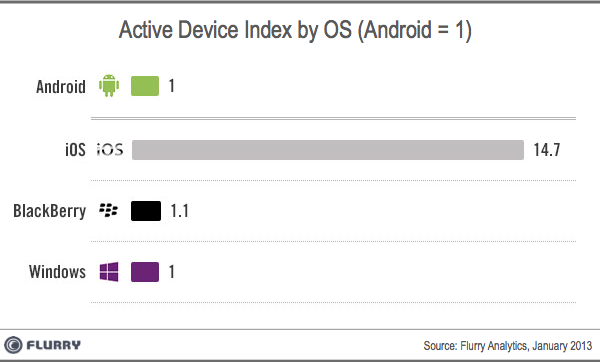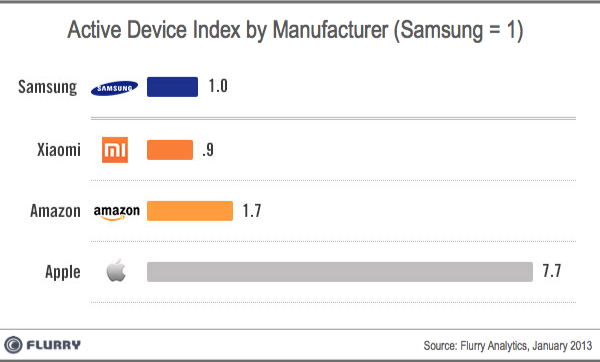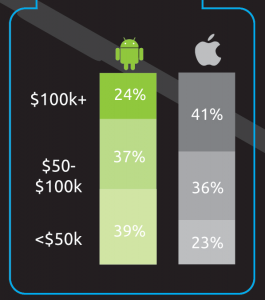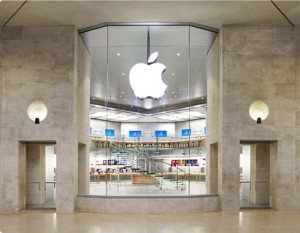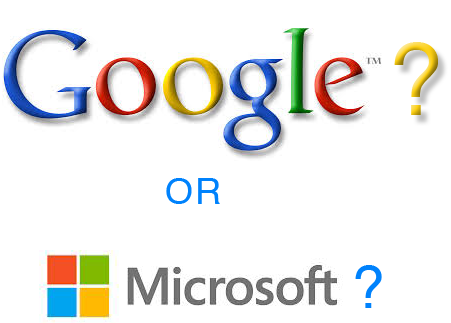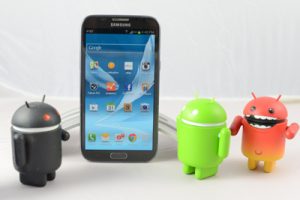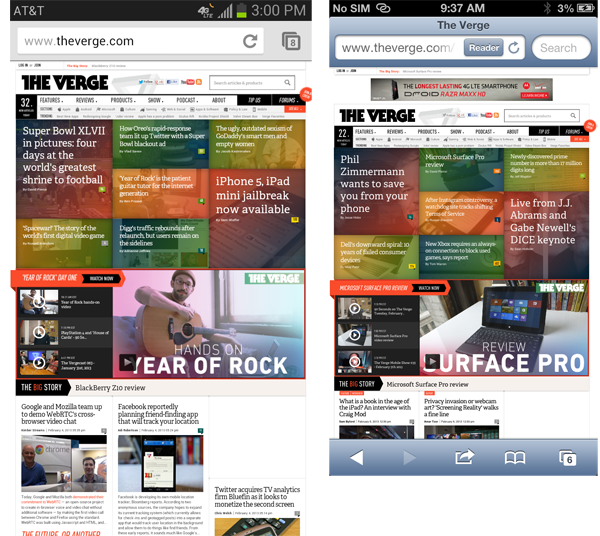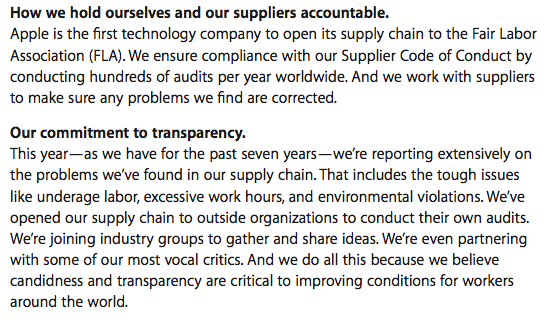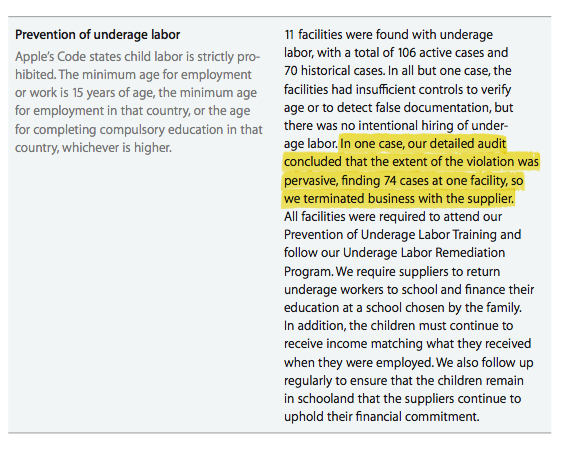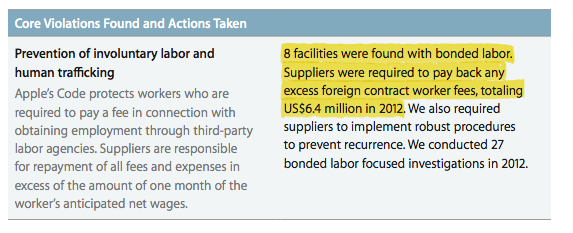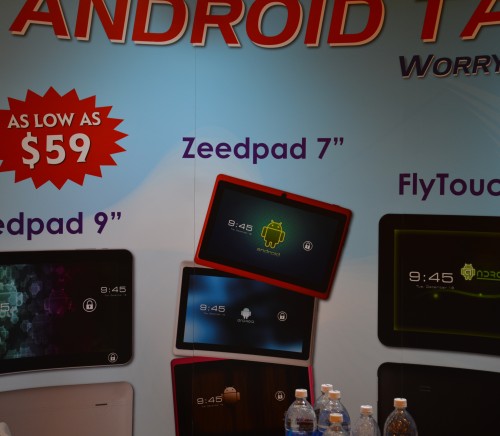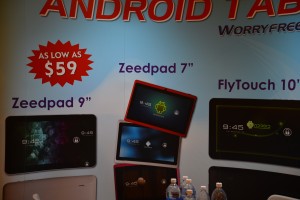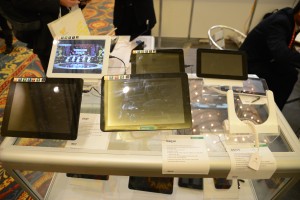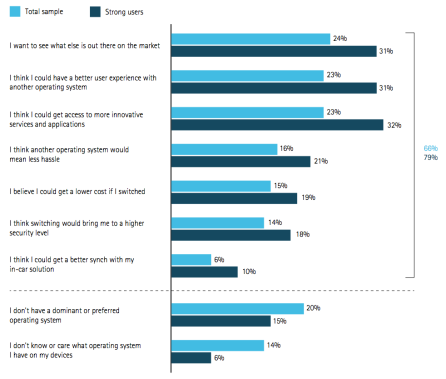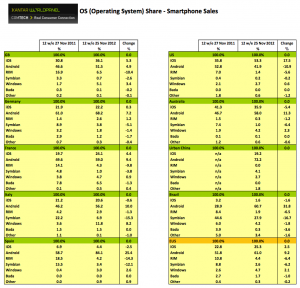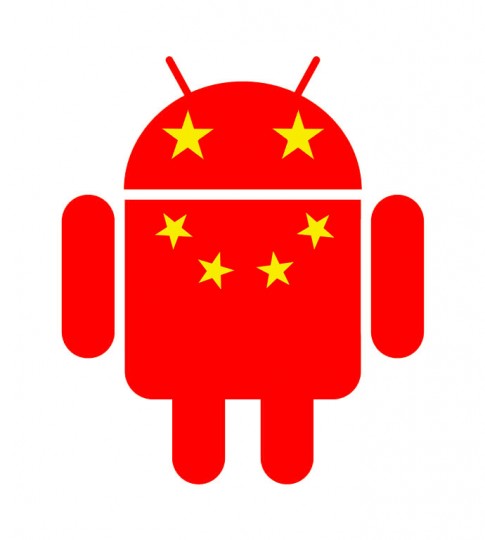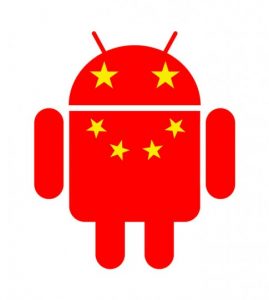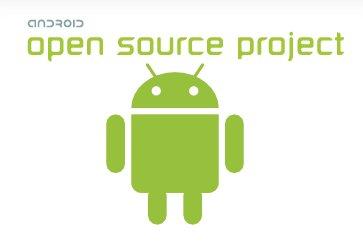 What is a tablet? Sorry to get philosophical but I think this is an interesting question–especially of late. I sensed from the first early glimpses I got of Windows 8 that we would see hardware that would cause us to question whether it was a tablet or a notebook. I’m still not sure the hybrid or convertible devices on the market today have yet nailed a mass market success and I remain pessimistic that they ever will. Pure slate tablets are the hot ticket and I believe will continue to be for the foreseeable future. However, there is one category of Windows 8 devices that has had my interest peaked for a while. That is portable, large screen, touch based, all-in-one PCs.
What is a tablet? Sorry to get philosophical but I think this is an interesting question–especially of late. I sensed from the first early glimpses I got of Windows 8 that we would see hardware that would cause us to question whether it was a tablet or a notebook. I’m still not sure the hybrid or convertible devices on the market today have yet nailed a mass market success and I remain pessimistic that they ever will. Pure slate tablets are the hot ticket and I believe will continue to be for the foreseeable future. However, there is one category of Windows 8 devices that has had my interest peaked for a while. That is portable, large screen, touch based, all-in-one PCs.
Today Dell is releasing the XPS 18. An all-in-one computer. Typically when I refer to this category, I call it an all-in-one desktop computer. However, with the XPS 18, I can not use that term because this all-in-one is not confined to a desk but is rather a highly portable 5 lb computer with a tablet twist. The XPS 18 is not positioned as a tablet nor should it be, but still, many of the key value propositions of tablets are applicable. I guess perhaps with the exception of putting it in a bag and leaving the house for work, school, or Starbucks–or are they?
I first saw these larger screen portable all-in-ones late last year. The reinvention, or I should say redefining, of the desktop category was a trend I had been tracking for a while. Larger, portable, touch computing solutions were not something readily available for the mass market until now. I first saw a touch based table top PC when Microsoft first showed me their Surface Table. That product was too pricey but I felt had a great deal of potential. In my opinion, the XPS 18 is the first to deliver on this new vision of a larger screen touch computing solution.
What makes this product interesting to me is the communal nature of the device. I have been writing for a while now about my conviction for touch based computing products and how there will be some that are personal (meaning intimately tied to a single person) and there will be ones that are communal (meaning freely shared within a community). The communal nature of a computer has always been the case of a desktop PC. These devices, as they matured, were largely used in consumers homes as a shared device. That is what makes this new class of touch based portable all-in-ones so interesting to me.
Dell is positioning this correctly in my opinion because they are focusing it on family use cases. Families can gather around this and use the 10 pt multi-touch functions to play games, or draw together, etc. Yet on top of the many new uses cases that will emerge from this category, consumers still have the bare bones powerful PC they still need for every day computing tasks. But its large screen portability is what I think is interesting. By having an 18-inch portable display that is connected to the web, and runs Windows applications, it opens up some new possibilities. Using it as a portable TV or media hub for example. Or in the kitchen for recipes, or out in the garage for how-to videos and instructions, or even for backseat passengers in the car since it gets 5 hour battery life.
I know several of the use cases I pointed out can also be used for tablets like the iPad, however, what makes the XPS 18 interesting is that it can also be used a full desktop class PC. There is a role for both in my opinion. I firmly believe that the XPS 18 will challenge many peoples pre-conceptions of not just what an all-in-one computer is but also what a tablet is and means to them. At $899 it is actually a reasonable price for a device that may blur the lines for many use cases consumers are looking for.
My friends from Dell came to our offices last week and gave me the walkthrough of the product and let me have some time with it. They set it up with the Bluetooth Keyboard and mouse and I never touched them. I just picked it up, put it on my lap, and started playing with it. I plan on doing a full review / analysis of the XPS 18 but what I will say for now was that I was impressed and intrigued by this form factor. I applaud Dell’s thinking with this product as well as with many other nicely designed computers they have released of late.
Mostly individuals use computers, but there is a place for a family computing device. I believe companies that approach computing from a family standpoint will generate interest in the products they make even if they are simply stand alone solutions. I expect many more solutions like this to come but for now, the Dell XPS 18 may be the best family computer/(tablet?) I have seen to date.



